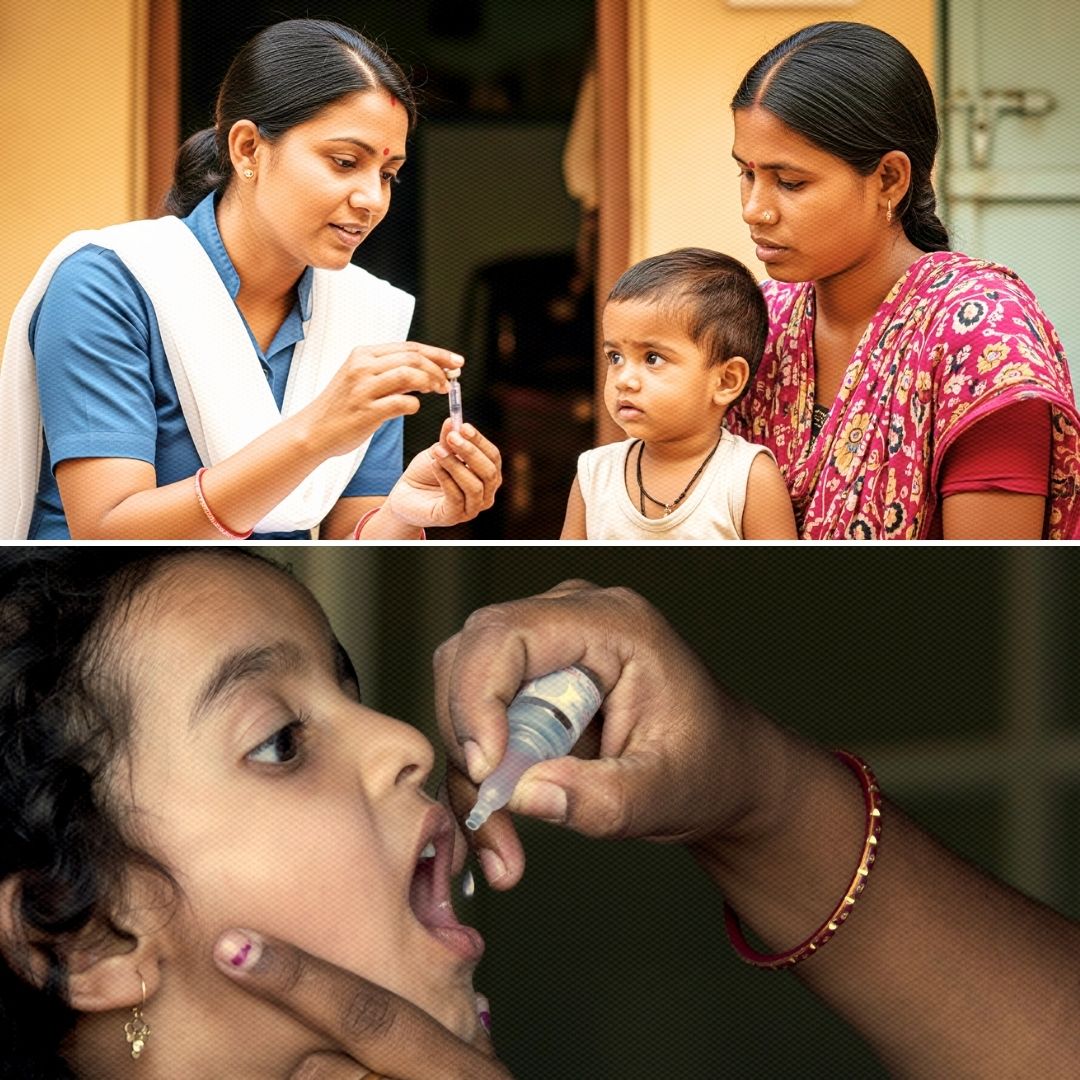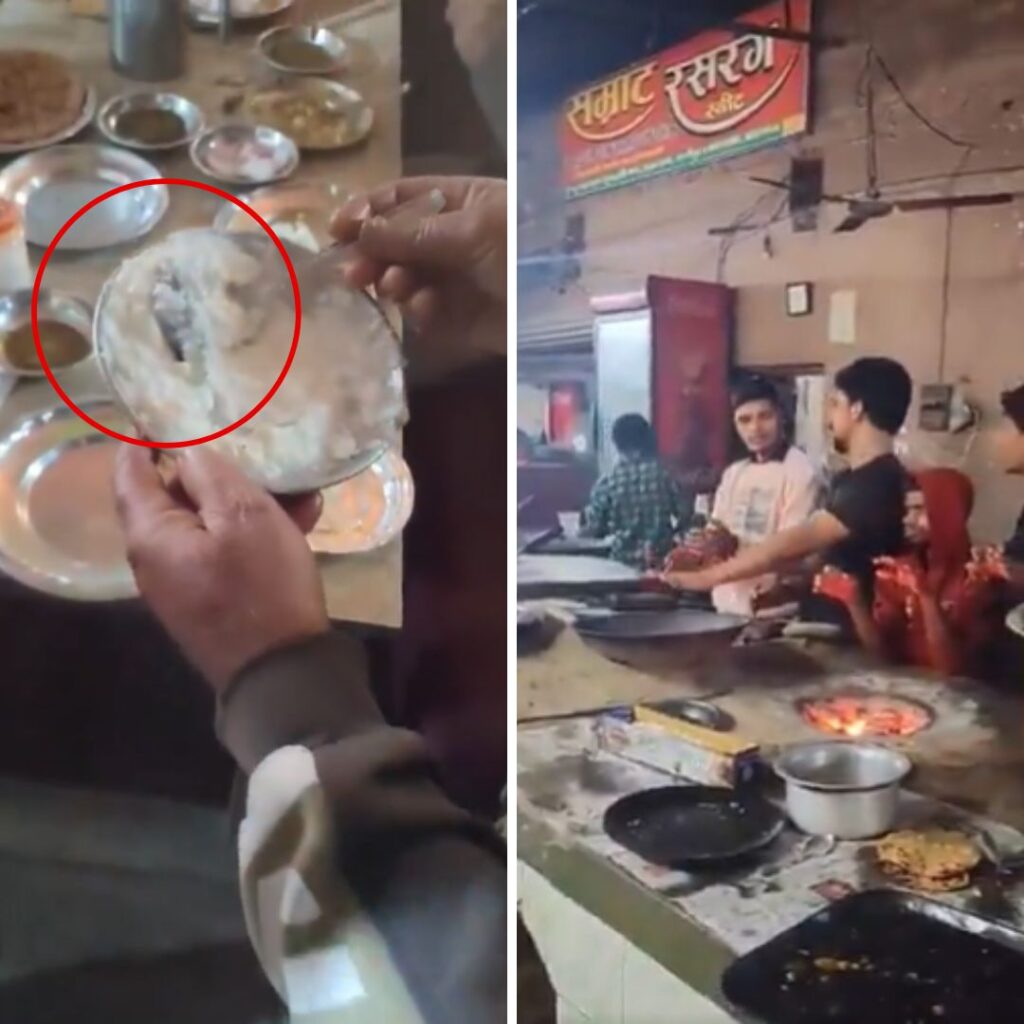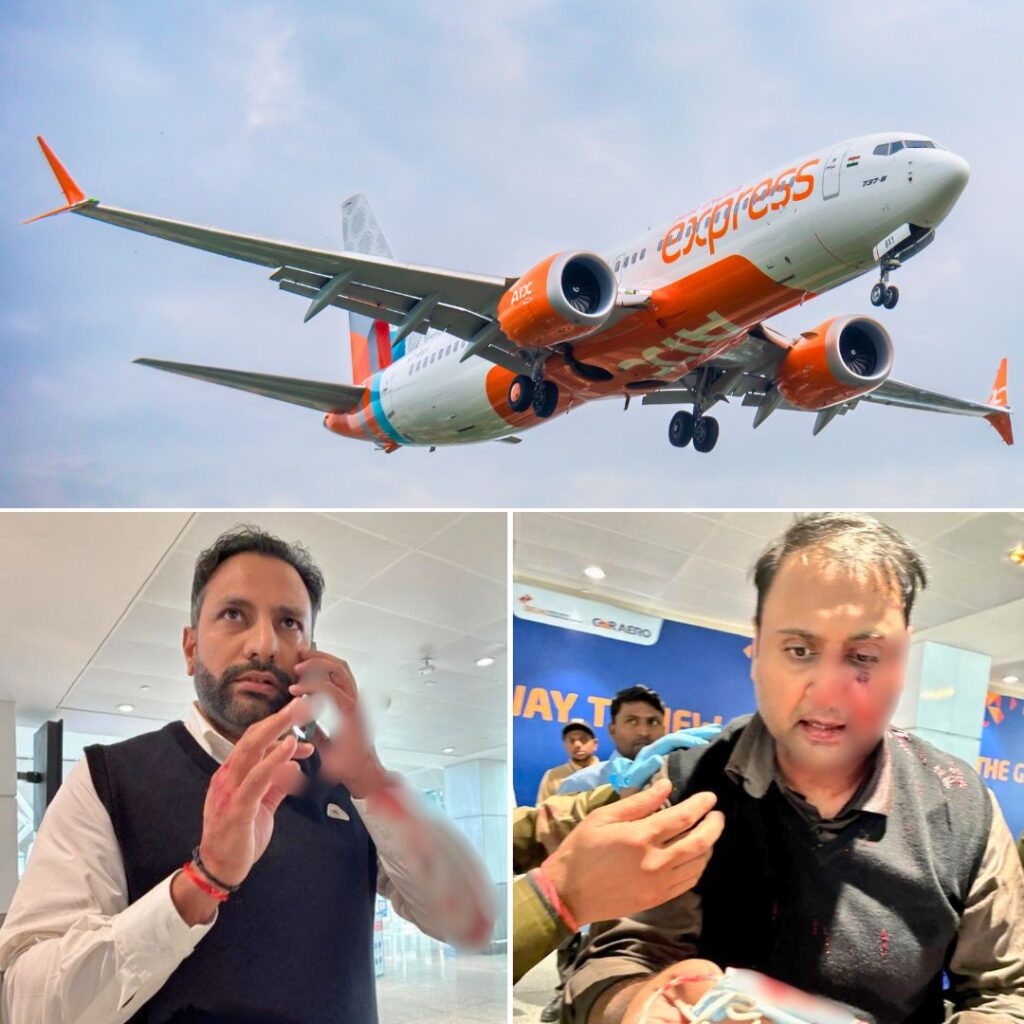A major study published in The Lancet reveals that India remains among the top eight countries with the highest number of unvaccinated children globally, with 1.44 million “zero-dose” children—those who received no routine vaccines in their first year of life—in 2023.
This group represents a significant share of the world’s 15.7 million unvaccinated children, highlighting persistent inequities in immunisation access. Global vaccination progress has stalled, and experts warn that without urgent, targeted action, millions of children in India and other South Asian nations will remain vulnerable to preventable diseases.
Alarming Immunisation Gaps: India’s Persistent Challenge
According to the Lancet analysis, India is second only to Nigeria in the number of zero-dose children, with 1.44 million infants missing out on essential vaccines like diphtheria, tetanus, and pertussis (DTP) in 2023. Over half of the world’s unvaccinated children live in just eight countries, with India accounting for a substantial proportion.
“Despite the monumental efforts of the past 50 years, progress has been far from universal. Large numbers of children remain under- and un-vaccinated,” said Dr Jonathan Mosser, senior author of the study and a researcher at the Institute for Health Metrics and Evaluation (IHME), University of Washington. The findings stress the urgent need to address gaps in vaccine delivery and uptake, particularly in underserved and hard-to-reach communities.
Root Causes and Regional Disparities: Barriers to Immunisation
India’s progress in immunisation has been significant, but deep disparities persist at the local level. States like Uttar Pradesh, Bihar, and Maharashtra account for a large share of zero-dose children, with Uttar Pradesh alone home to over half of the country’s unvaccinated infants in some analyses. Factors such as limited healthcare access, logistical challenges, vaccine hesitancy, and misinformation continue to hinder progress.
The COVID-19 pandemic further disrupted immunisation efforts, leading to an increase in zero-dose children in recent years. Recent research also highlights that more than 50% of the variation in vaccination rates occurs within small clusters within districts, rather than across states or regions.
Expert Advice: Strengthening Immunisation Strategies
Experts recommend focusing resources on local “low-coverage clusters” and leveraging India’s network of health and wellness centres to improve outreach and education. Dr Emily Haeuser, lead author of the Lancet study, emphasised: “The challenge now is how to improve vaccine delivery and uptake in areas of low coverage.
The world will miss the immunisation goals for 2030 without targeted, equitable immunisation strategies, alongside the strengthening of primary healthcare and efforts to tackle vaccine misinformation and hesitancy”. Community engagement, trust-building, and addressing vaccine hesitancy are critical to closing the immunisation gap.
Addressing Misinformation and Building Trust
Misinformation and hesitancy remain significant barriers to immunisation in India. Experts suggest that targeted communication campaigns, involving local influencers and healthcare workers, can help dispel myths and build trust in vaccines. Strengthening primary healthcare infrastructure and ensuring that vaccines are accessible even in remote areas are also essential steps.
The Logical Indian’s Perspective
The Logical Indian is deeply concerned by the persistent immunisation gaps that leave millions of children exposed to preventable diseases. While national averages may show progress, the reality for many families in marginalised communities is far from reassuring.
Addressing these disparities requires not only policy changes and resource allocation but also empathy, dialogue, and community engagement to build trust and overcome hesitancy.











